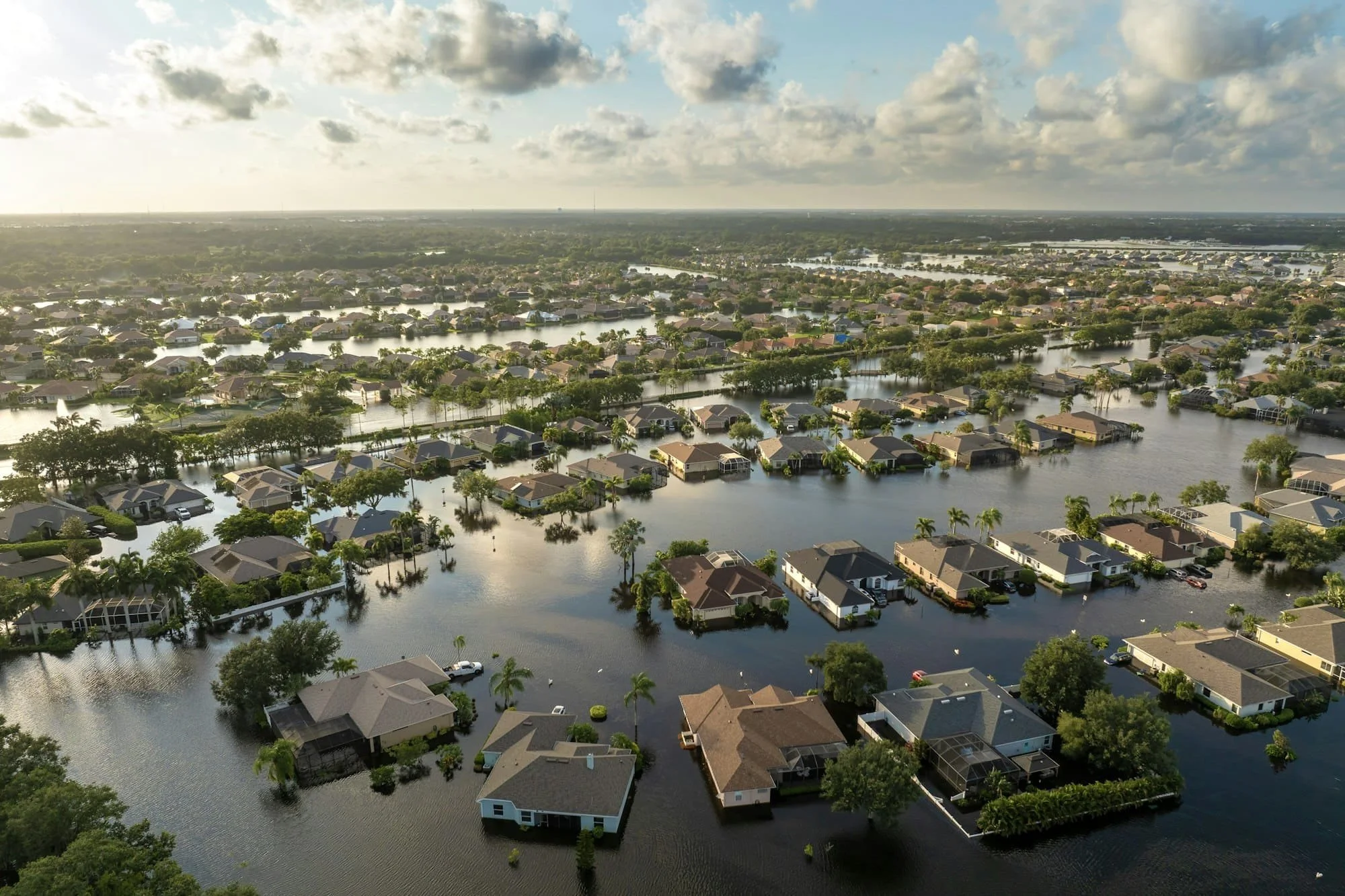Wet Season Design Considerations in South Florida
From late May through October, South Florida’s wet season transforms the development landscape. Intense rainfall, saturated soils, and elevated groundwater levels challenge engineers to design drainage and stormwater systems that remain functional year-round.
Understanding how the wet season impacts site design is critical for developers, contractors, and municipalities seeking to build resilient, compliant projects across Miami-Dade, Broward, and Palm Beach counties.
Why the Wet Season Matters for Site Design
South Florida receives more than 60 inches of rain annually, with over half falling between June and September. During this period:
Water tables rise significantly, reducing infiltration capacity.
Drainage networks operate at near-maximum flow.
Construction sites are vulnerable to flooding and erosion.
Designing for wet season conditions ensures stormwater systems can manage peak flow while protecting adjacent properties, roadways, and water bodies.
For an overview of regional drainage standards, see: Differences in Drainage Code Enforcement by County.
Key Wet Season Design Considerations
| Design Factor | Engineering Considerations |
|---|---|
| High Groundwater Levels | Maintain adequate separation between stormwater pipes and the seasonal high water table; use watertight joints and backflow preventers in coastal areas. |
| Rainfall Intensity | Design for 25-year and 100-year storm events as required by local drainage codes; use updated rainfall data from the NOAA Atlas 14. |
| Soil Permeability | Test percolation rates and adjust pond sizing for low-infiltration soils common in Miami-Dade and Broward. |
| Stormwater Storage | Increase pond and exfiltration trench volume to offset reduced dry-season drawdown capacity. |
| Construction Phasing | Schedule grading and paving before peak rainfall months; ensure temporary drainage and erosion control are in place. |
| Coastal Flooding | Coordinate with FDEP and South Florida Water Management District (SFWMD) for sites affected by tidal backflow or storm surge. |
Working With Local Drainage Agencies
During the wet season, county reviewers pay special attention to freeboard, retention capacity, and stormwater discharge rates. Engineers often coordinate with:
Miami-Dade Department of Regulatory and Economic Resources (RER)
Broward Environmental Protection and Growth Management Department (EPGMD)
Palm Beach Environmental Resources Management (ERM)
These agencies verify that wet season high water table data and hydrologic calculations align with local standards.
For insight on county-level review processes, read: Typical Permit Review Timeline in Miami-Dade.
Common Challenges During the Wet Season
Developers frequently face:
Delayed construction schedules due to continuous rain and flooding.
Failed percolation tests during saturated conditions.
Erosion and sedimentation issues affecting neighboring properties.
Overloaded exfiltration systems if undersized for peak water levels.
Mitigation strategies include elevating critical structures, using reinforced drainage pipes, and implementing temporary dewatering systems.
To learn more about stormwater coordination, see: How FEMA Flood Zone Maps Affect Florida Site Design.
Conclusion
Designing for South Florida’s wet season means preparing for extremes — from daily downpours to sustained groundwater saturation. A proactive approach ensures that stormwater systems remain operational, construction sites stay safe, and developments stay compliant with both local and state codes.
By integrating wet season data into every stage of planning, civil engineers help create sustainable, flood-resilient communities across Florida.
FAQs
-
Typically from late May through October, with rainfall peaking in June through September.
-
Yes — engineers must consider higher groundwater tables and reduced infiltration when calculating stormwater volumes.
-
Yes, but contractors must implement erosion control and dewatering plans to manage site runoff.
-
County Public Works departments and the South Florida Water Management District enforce most wet season stormwater standards.
Partnering With Florida Experts for Seasonal Design
At RSP Engineers, we design stormwater systems, grading plans, and drainage infrastructure that perform reliably during Florida’s toughest conditions. From high water tables to hurricane-season rainfall, we help clients achieve code-compliant and resilient development outcomes.











